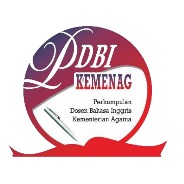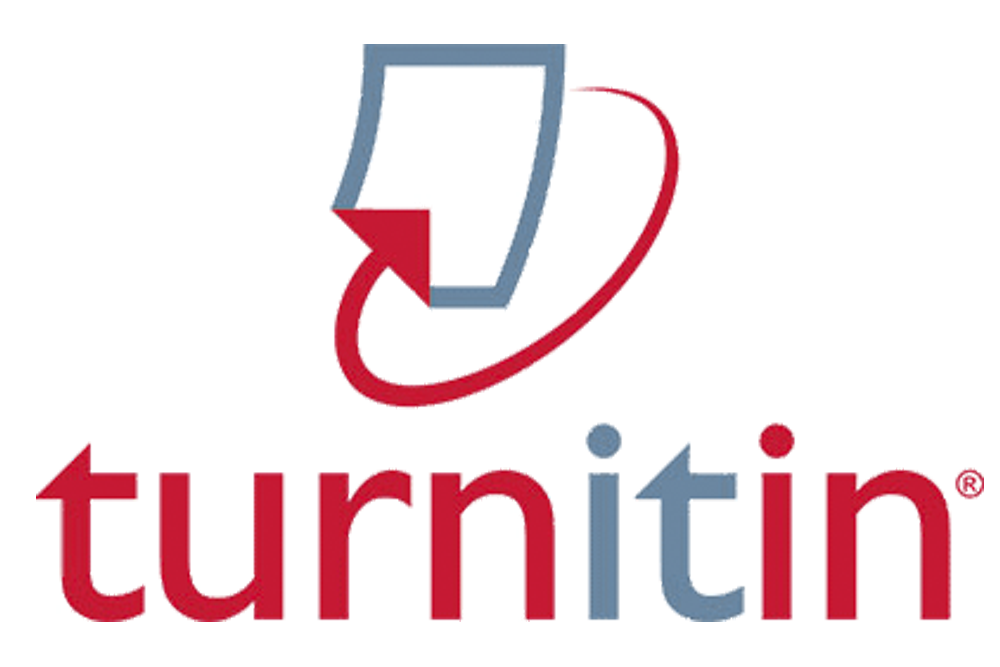Investigating Verbal Humor in Selected Mr. Iglesias Sitcom Shows Episodes
Abstract
Humor can be found in people's daily life, movie, and stand-up comedy. People use it to criticize and entertain at the same time. In entertaining and criticizing a situation, humor can be in a form of a TV show or sitcom. This research focuses on verbal humor in a sitcom entitled Mr. Iglesias. This study aims to figure out the types of verbal humor using the General Theory of Verbal Humor (GTVH) by Attardo & Raskin (1991). This research examined five episodes of Mr. Iglesias’s shows from seasons 1 to 5 using a descriptive qualitative method. The results showed that this situation comedy has 58 expressions that employed linguistic humor. It could be classified into 8 of the 12 types of verbal humor. The six aspects of GTVH theory used to analyze the linguistic section were script opposition, logical mechanism, situation, target, narrative strategy, and language. Based on the six aspects of GTVH, this situational comedy indicated sarcasm as the most used verbal humor category.
Keywords
Full Text:
PDFReferences
Al-Badawi, M., Sadeq, A., & Hatab., W. A. (2021). Gender Identities in Jordanian Jokes. Dirasat: Human and Social Sciences, 48(2).
Attardo, S., & Raskin, V. (1991). Script theory revis(it)ed: Joke similarity and joke representation model. Humour-International Journal of Humour Research, 4. https://doi.org/10.1515/humr.1991. 4.3-4.293.
Attardo, S., & Raskin, V. (2017). Linguistics and humor theory. In The Routledge handbook of language and humor (pp. 49-63). Routledge.
Ary, D., Jacobs, L. C., Sorensen, C. K., & Walker, D. A. (2014). Introduction to research in education (9th ed). Cengange Learning.
Chilton, L. B., Landay, J. A., & Weld, D. Q. (2015). HumorTools: A microtask workflow for writing news satire. El Paso, Texas: ACM
Creswell, J. W. & Creswell, J. D. (2018). Research Design (5th edition). SAGE Publication.
Damanik, S., & Mulyadi. (2020). Indonesian humorous status in social media: An applicator of script-based semantic theory of humor. Studies in English Language and Education. Studies in English language and Education, 7(2). https://doi.org/10.24815/siele.v7i2.17237
Detrianto, B. (2018). Humorous Effects on Flouting Conversational Maxims
Found in Indonesian Drama Comedy: A Study of Humor in Language. PEOPLE: International Journal
of Social Sciences, 4(2), 1262-1276.
Fallianda., Astiti, R. Y., & Hanim, Z. A. (2018). Analyzing humor in newspaper comic strips using verbal-visual analysis. Lingua Cultura, 12(4). https://doi.org/ 10.21512/lc.v12i4.4911.
Hu, S. (2012). An analysis of humor in The Big Bang Theory from pragmatic perspectives. Theory and Practice in Language Studies, 2(6). https://doi.org/10.4304/tpls.2.6.1185-1190
Kaivola-Bregenhoj, A. (2018). The riddle: Form and performance, humanities, 7(49). https://doi.org/10.3390/h7020049
Masaeli, B., & Heidari-Shahreza, M. A. (2017). A linguistic analysis of para-jokes and meta-jokes in Persian verbal humor. Journal of Applied Linguistics and Language Research, 4(1).
Milojkovic, M. (2017). Subtext as humour: Grammatical ‘hidden meaning’ as part of pun and metaphor in English. Studying Humour-International Journal, 4.
Mulyadi, M., Yusuf, M., & Siregar, R. K. (2021) Verbal humor in selected Indonesian stand up comedian’s discourse: Semantic analysis using GVTH. Cogent Arts & Humanities,8(1). https://doi.org/10.1080/23311983.2021.1943927.
Nugroho, A. P., Faridi, A., & Hartono, Rudi. (2021). The non-observance of Grice Maxim in (the tv show) Friends to create verbal humor, The Journal of Education Dvevelopment, 9(1).
Orji, B. E. (2018). Humour, satire and the emergent stand-up comedy: A diachronic appraisal of the contributions of the making tradition. European Journal of Humour Research, 6(4). https://doi.org /10.7592/EJHR2018.6.4.orji
Ortega, M. B. A. (2013). An approach to verbal humor in interaction. Procedia: Social and Behavioral Sciences, 95. https://doi.org/10.1016/j.sbspro.2013.10.687
Puri, A. D., & Baskata, R. FX. (2019). Analysis of humor on cartoon comics “Be Like Bro”: Pragmatics study. Journal of Pragmatics Researcn, 1(1).
Raskin,V. (1984). Semantic mechanisms of humor.
Annual Meeting of the Berkeley Linguistics Society, 5,
–335. https://doi.org/10.3765/bls.v5i0.2164
Raskin, V. (2015). Funny Words: Verbal humour. Oxford Handbooks Online. https://doi.org/10.1093/oxfordhb/9780199641604.013.45
Rayz, J. T. (2020). Script in the ontological semantic theory pf humor. In S. Attardo (Ed.), Script-Based semantic (pp. 229-256). De Gruyter Mouton. https://
doi.org/10.1515/9781501511707–011
Sen, A. (2012). Humour Analysis and Qualitative Research. Social Research UPDATE. (63).
Tsakona, V. (2017). Genres of humor. In The Routledge handbook of language and humor (pp. 489-503). Routledge.
Wahyuni, F., & Hamzah, H. (2019). An analysis of verbal humor found in sitcom tetangga masa gitu. E-Journal of English Language & Literature,8(3).
Wieczorek, M. (n.d.). Different shades of viewship:A pragmatic analysis of humour in sitcom discourse. Siedlce University of Natural Sciences and Humanities. p.101-117.
DOI: http://dx.doi.org/10.29240/ef.v6i2.5458
Refbacks
- There are currently no refbacks.
Copyright (c) 2022 Kafa Bella Nabila, Ouda Teda Ena, Barli Bram

This work is licensed under a Creative Commons Attribution-NonCommercial-ShareAlike 4.0 International License.
INDEXED BY:
 This work is licensed under a Creative Commons Attribution-NonCommercial-ShareAlike 4.0 International License
This work is licensed under a Creative Commons Attribution-NonCommercial-ShareAlike 4.0 International License
@ ENGLISH FRANCA : Academic Journal of English Language and Education
Jl. Dr. AK Gani No 1 Dusun Curup, Rejang Lebong Regency, Bengkulu Province, Indonesia, 39119.
Dr. Eka Apriani, M.Pd., email: efranca@iaincurup.ac.id, eka.apriani@iaincurup.ac.id.




.png)












